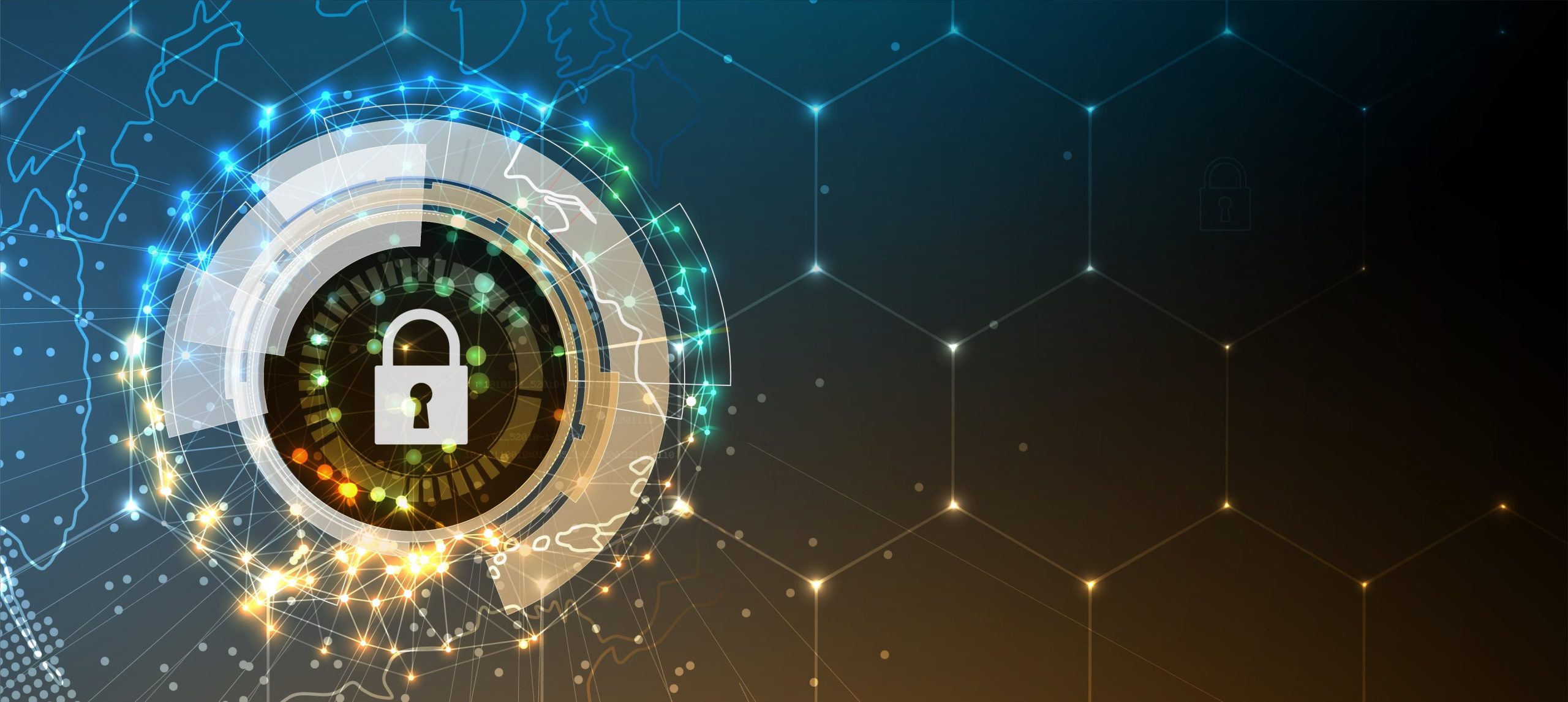Video conferencing applications have taken on a notable role due to the COVID-19 health crisis. They help us stay in touch, also in education, business and in many other ways. Video conferencing service providers like Zoom, Google Hangouts, Microsoft Teams, and Cisco Webex are just a few examples of the most popular options. We know that they are not always infallible tools and in fact it has been warned that these tools will be in the crosshairs of cybercriminals, so we will see how strengh the security on videoconferences.
In addition to meeting busters, other threat actors can also insert malicious links into chats. Sometimes they can steal the meeting links to continue the attacks. This gives them multiple opportunities to implant unwanted malware. Another form of attack is the zero-day attack. This is when cybercriminals attack a known vulnerability in software until it is fixed. There’s a lot of ways to improve the security on this areas and wi will see some of this.
How to improve our Security in our videoconferences
▸Create specific rooms
Although we can let the rest of the attendees connect with us by locating our username on the platform, whenever possible it is preferable to create a specific room, meeting or videoconference with a independent name, and even random, that cannot be associated with our user.
▸Check meeting links
If you are not the meeting host, make sure the link in the invitation comes from a trusted sender you know. Be on the lookout for malicious file extensions like .exe. Don’t click on any links that seem suspicious. Ask whenever you have any questions.
▸Remember that the password is essential for video conferencing
When possible, we should configure a password to access the meeting, and like the URL to access it, we should never share it publicly.
▸Require and enforce meeting rules
To prevent problems, there must be clear rules and all participants must be aware of them. Before the session, talk to those who will be participating in the session or send an information note with the rules for participation.
▸Always lock the meeting once everyone is inside
In the same way that you would physically seal the door to a meeting room, you should close the meeting after all attendees have arrived. Many services can close the room once everyone is inside.
Check also:
Beware of Malware that can affect your WebCam
Top Best Video Conferencing Platforms




[…] reads:Videoconference Security, How can we improve itTop Best Video Conferencing […]
[…] reads:Videoconference Security, How can we improve itBeware of Malware that can affect your WebCamZoom vulnerabilities – Serious problem for the […]